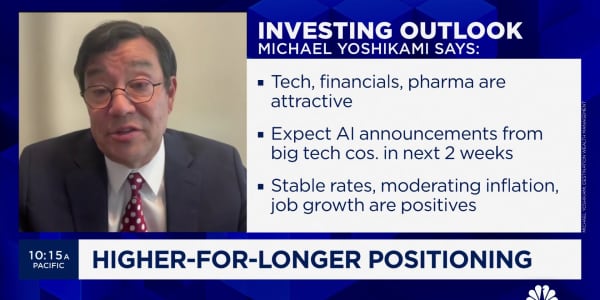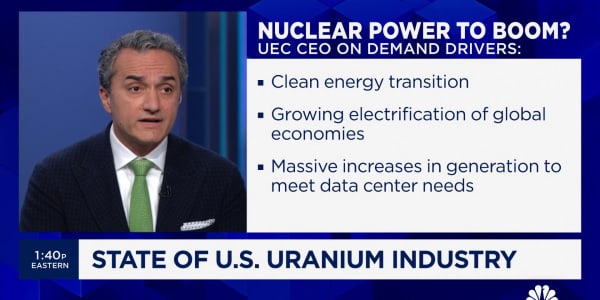
Bank stocks should rise along with interest rates, or so the thinking generally goes around Wall Street. The reality, though, is quite a bit more complicated.
Share performance once the Fed starts hiking depends on a slew of factors, including how quickly rates rise, what economic conditions are and how well the central bank sets forth the groundwork for tightening.
In the most recent rate-hiking cycles, bank stocks actually struggled. This time could work out better, one analysis suggests.
"Bank stocks today look better positioned for relative outperformance, at least in the early part of the coming cycle," Bernstein analysts John McDonald and Kevin St. Pierre said in a report for clients.
Read More This technology is the future of banking
While "this time is different" could be the epitaph for any number of wayward market predictions, the Bernstein analysis looks at the way conditions indeed are different from the three previous cycles. The firm expects that "credit costs should create a window for bank stocks to outperform in the early stages of the upcoming tightening cycle." The analysts said beneficiaries in the large-cap area are:
Bank of America, Citigroup and JPMorgan Chase. They said Citizens Financial Group, Fifth Third Bancorp, KeyCorp and Zions Bancorp are the plays in the regional sector.
In 1994, the Fed went into an aggressive hiking cycle that caught the market by surprise; in 1999, tightening coincided with the bursting of the dotcom bubble, while in 2004 the market revolted at the thought that "the Fed was looking to 'take the punch bowl away' from an overheating economy," the Bernstein analysis said.
Put the three cycles together and you get bank stocks that underperformed the index by 4.5 percentage points in the first six months after the first hike and 7.5 percentage points 12 months out.
"Today's set-up appears more attractive on several counts, as the Fed is looking to signal confidence in a still nascent recovery, and trading patterns in 2015 suggest the markets believe bank stocks will be viewed as rate plays," the Bernstein analysts said.
Read More 'Astonishing' US dividend growth sets record in Q3
In the present case, the market finally seems to have acclimated to a looming hike.
Futures are pricing in as close to a near-certainty as they come with an 81 percent chance of a hike at the Federal Open Market Committee's Dec. 15-16 meeting. That probability has remained high even though stocks have been volatile as of late. The S&P 500 is down about 1 percent over the past month and has gained less than 1 percent for the year, yet the chance of a rate increase actually increased 2 percentage points this week.
Stocks seem less tethered lately to the vagaries of Fed policy than they do to the ups and downs of energy prices. Energy has been a drag on the economy and corporate profits, which are expected to sag 4.5 percent in the fourth quarter due in large part to a projected 66 percent decline in the energy sector.
Now that the market has become comfortable with a modest quarter-point hike in December and a measured pace thereafter, banks could benefit.
"Bank stocks are widely seen as attractive rate plays, and in 2015, they've traded like it," the Bernstein analysts said. "Bank stocks' relative performance has been closely correlated with rates in 2015, and the stocks have moved in and out of favor over the course of the year as market expectations for Fed liftoff have waxed and waned."
Banks have been modest outperformers for the year, as the KBW Nasdaq Bank Index has gained 1.7 percent.






